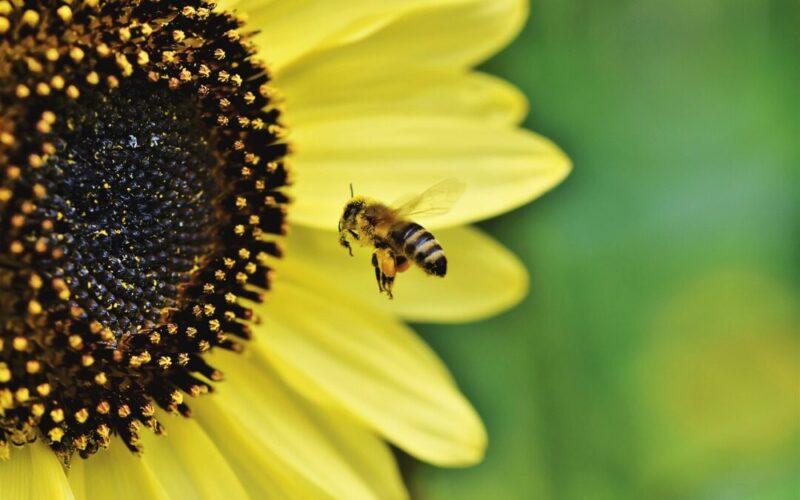Reading the recent news about heroic attempts to stabilize the bee population has naturally shifted my thoughts to these tiny creatures’ vital role in our ecosystems. Honeybees are small in stature, but their impact on the quality of life for humans and ecosystems is enormous!
Bees help produce more than a third of the world’s food supply. Without bees pollinating our flowers and fruits, our diets would become bland. Only the plants that pollinate using wind would be available to us. So, these small insects are vital to our ecosystem because they efficiently pollinate our food crops and wild flora. We need bees to keep our crops and our planet healthy.
As humans, we live with the myth that impact is primarily made by people in positions of power. The bigger the size of something, the bigger the impact. Bees remind us that size isn’t directly correlated with impact in a system. Small acts, animals, and actions can play a critical and essential role in the health of our organizations and ecosystems.
Why do small acts have such a big impact?
The answer comes from a couple of different directions. First, in an interdependent world, small acts always have the potential to have a large impact. Chaos theory states that the flap of a butterfly’s wings in China can trigger a snowstorm in New York City. This phenomenon is called sensitive dependence on initial conditions. If the weather conditions and the dynamic interdependence of this complex system are right, it’s a great example of how big impacts can be created far from the triggering activity. This idea of sensitive dependence on initial conditions also exists in our organizations. If our organization (or a division within an organization) lacks trust among its employees, all actions and decisions are shaped by that lack of trust. A routine decision creates resistance or an emotional reaction in these conditions. That’s because it is being dropped into a climate of distrust where employees are assuming that the decision will hurt them.
Secondly, our hierarchical organizational structure reinforces a belief that change starts at the top of an organization and that big impact only comes from people with positional power. If, instead, we agree with the bees, we recognize that small players in a system doing daily tasks like pollinating flowers (or the human equivalent of generating ideas and connections) would have a similar and significant impact on the health and resilience of the larger organization.
Sadly, as long as we continue believing in the maxim that “impact comes from big actions from hierarchical leaders,” we will not see what’s happening with other contributions and contributors. These small, consistent, influential acts will also be invisible to these leaders because they are not looking beyond positional power.
What questions can we ask to help “see” the invisible?
If readers can gain one thing from this blog, it would be to look more deeply at things that used to be invisible to them in their organizations and communities. Perhaps we can all ask ourselves these questions:
- What acts are happening that help hold your community together?
- Who is performing those acts?
- What acts create a more positive culture that attracts your employees or community members to appreciate and contribute to the ecosystem?
- What do we see when we look more deeply into the dynamics, relationships, patterns, and flow of our communities and organizations?
- Would we, like our biologists and beekeepers, come to acknowledge the small acts that individuals contribute to organizations that also have a significant impact on the larger ecosystem?
I would love to hear your thoughts in the comments!







Great insights…bees rock the world
Reminded of bees’ power this week. Our house was selected by a hive that was splitting to become its new home. Learned that they have a complicated social structure to support the important work they do in our ecosystem. They have been carefully removed by a beekeeper before they became fully established.
I’m also reminded that nature does not consult us before it makes decisions. Humans are a part of the system, not its driver.